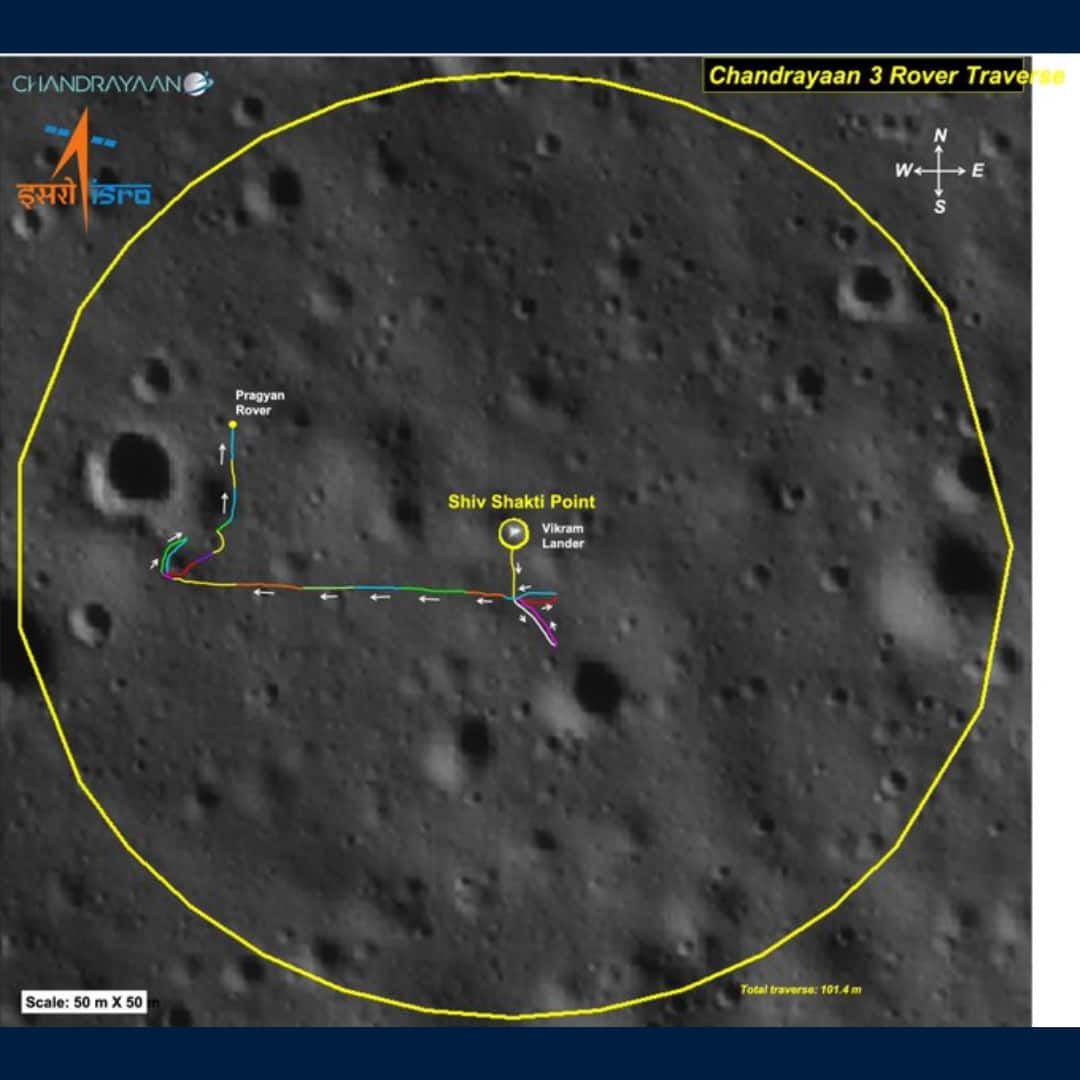



The moon holds many secrets, and India’s Chandrayaan-3 mission is unlocking them. Scientists from ISRO have now estimated the age of the Shiv Shakti point, the landing site, to be 3.7 billion years. This period coincides with when primitive life first emerged on Earth.
Study reveals lunar surface’s ancient historyA team from ISRO’s Physical Research Laboratory (PRL) in Ahmedabad studied the terrain near the landing site. Using high-resolution imaging tools, they analysed craters and rock formations. Their findings show that the region has three distinct terrains—rugged, smooth plains, and low-relief areas. The landing site falls within the low-relief plains, which scientists estimate to be 3.7 billion years old.
Lunar surfaces face extreme conditions, including meteorite impacts and temperature changes. Over millions of years, exposed rocks break down into fine dust, forming the moon’s regolith. Scientists believe this process has shaped the region’s landscape over time.
 Chandrayaan 3 landing site (Image: ISRO)Impact craters shaped the landing region
Chandrayaan 3 landing site (Image: ISRO)Impact craters shaped the landing regionThe Shiv Shakti point is surrounded by large craters, including Manzinus, Boguslawsky, and Schomberger. These ancient craters likely ejected debris that formed the area around the landing site. PRL scientists examined rock distributions to trace their origins.
The study found a fresh crater, about 14 km south of the site, with many large rock fragments. Some of the biggest rocks in the region, over 17 metres long, were found near this crater. The findings provide valuable clues about the moon’s history and its dynamic surface.
ISRO continues to analyse Chandrayaan-3 data, uncovering new details about lunar evolution. The mission’s discoveries are helping scientists understand how the moon has changed over billions of years.
Discover the latest Business News, Sensex, and Nifty updates. Obtain Personal Finance insights, tax queries, and expert opinions on Moneycontrol or download the Moneycontrol App to stay updated!
Find the best of Al News in one place, specially curated for you every weekend.
Stay on top of the latest tech trends and biggest startup news.